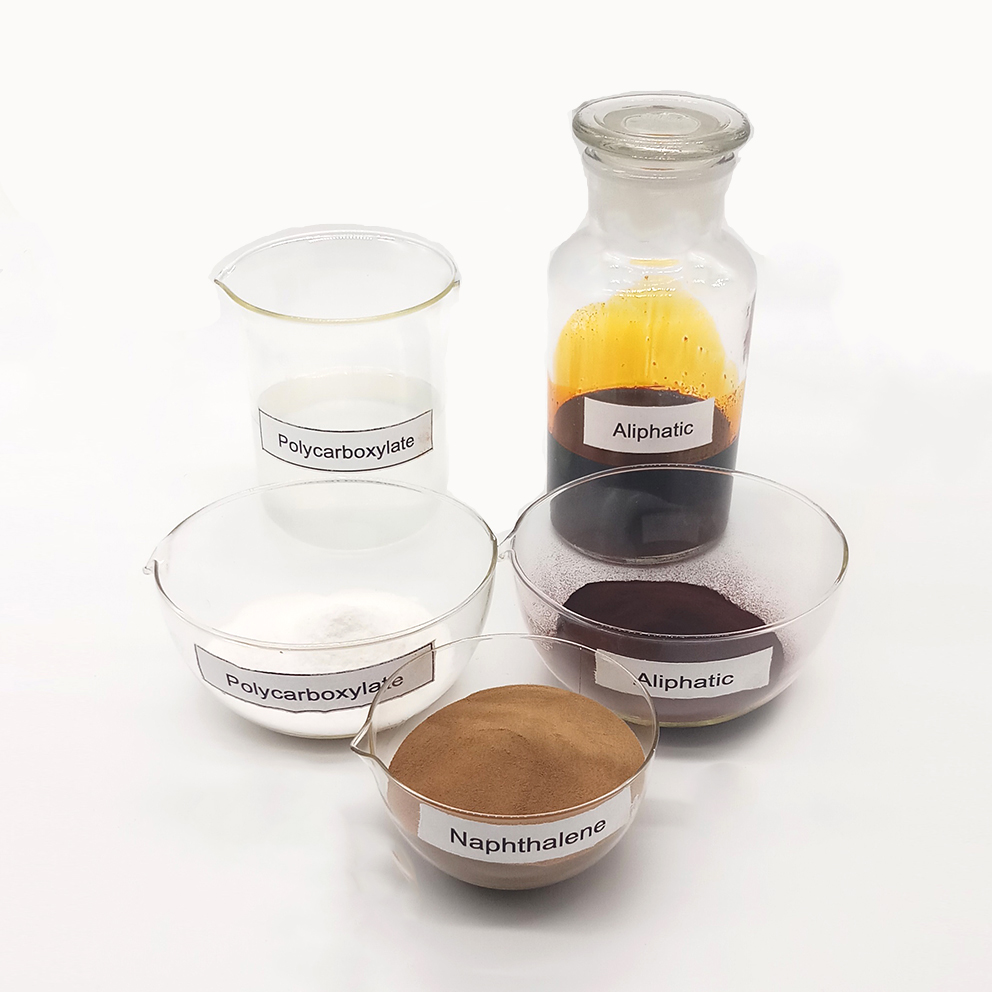
Concrete admixtures are materials that are added to concrete during the mixing process to enhance the properties of concrete. They have been used since ancient times, but the development of modern concrete admixtures began in the mid-19th century.
Here is a brief history of the development of concrete admixtures:
Ancient Times: The ancient Egyptians and Greeks used animal blood, milk, and other organic materials as admixtures to improve the properties of their building materials.
1840s: The first modern concrete admixture was invented by John Smeaton, who added powdered brick to the mix to improve the durability of his concrete structures.
1880s: The use of iron sulfate as an admixture to speed up the setting time of concrete was discovered.
1930s: The first air-entraining admixture was developed, which introduced tiny air bubbles into the concrete to improve its freeze-thaw resistance.
1950s: Water-reducing admixtures were developed to reduce the amount of water needed to achieve a desired workability, which improved the strength and durability of concrete.
1970s: High-range water-reducing admixtures, also known as superplasticizers(SNF,PCE), were developed, which allowed for even greater water reduction while maintaining workability.
1980s: Admixtures for self-consolidating concrete (SCC) were developed, which allow for the creation of high-strength, durable, and aesthetically pleasing concrete without the need for vibration.
2000s: Admixtures for high-performance concrete were developed, which can provide enhanced strength, durability, and sustainability properties.
Today, concrete admixtures continue to be developed and refined to meet the ever-increasing demands of the construction industry for high-performance, sustainable, and cost-effective concrete.

